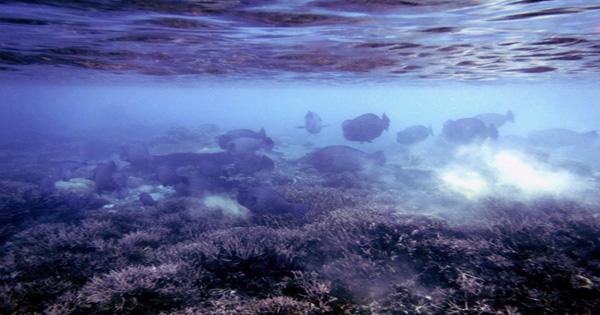So how do you measure the happiness of jelly? Identifying jellyfish when in trouble is a complex task. Unlike terrestrial creatures, they don’t cry or cry when they are in discomfort, and as far as we know, unfortunately, they do not use their tents to express themselves.
“Imagine you are sitting at your desk with great pleasure and I take a measure of what genes are active and then I’ll hit you with a fingernail,” said David Gruber, a veteran author in the Department of Biology at Baruch College, University of New York, in a statement. “I used to see how your genes reacted relatively differently when you were anxious; the strength of this difference can act as an indicator of your stress level.”
The team found that the jellyfish holding super-soft noodle-inspired fingers revealed significantly more stress-related genes than those caught by conventional immersive grippers. The jellies in the claws of the claws begin to reveal “repair” genes that indicate that they expected pain and physical harm. An analysis of the genes expressed by the jellyfish was performed when the jellyfish were swimming without hesitation, holding soft robot fingers or grasping with more standard rigid claws. The jellies in the claws of the claws begin to reveal “repair” genes that indicate that they expected pain and physical harm. In a highly relative statement, Gruber explained, “They immediately move on to self-repair / stress because – it’s common for them to emphasize such fragile creatures.”
Researchers have also described a number of terrestrial works that can stand up to the benefits of collecting brittle fruit without causing tears and injuries involving flexible but hard and light-weight equipment. While the applications for this softly-softening method extend far beyond shepherd jellyfish, Gruber assumes the same technique that gelatinous will see beneficial effects for all manors of deep-sea creatures.
The effects of this study extend beyond just jellyfish. “We only used these as our sample organisms,” Gruber said. “Now that we’ve shown this method can put less pressure on something as delicate as jellyfish, it really proves our hypothesis that deep-sea soft robots can be effective tools for all kinds of subtle interactions.”
The attempted situation of ocean environments historically calls for harsh equipment and brutal practices, ripping off the ocean floor and killing specimens to study the surface. However, the shift to milder tools and techniques will allow researchers to collect real-time data on deep-sea creatures, conduct treatments, and even have a little physical or environmental impact when taking DNA swabs.
Robots like these noodle-fingered jelly grabber mark a new era in marine biology dedicated to collecting environmental information in an environmentally friendly, less invasive way. By integrating soft robots into how we conduct research on the deep sea, we are rebuilding our vision for the future for marine biologists, Gruber said. It is our philosophy that we should be as humble and careful as possible to study and communicate on this new frontier.















